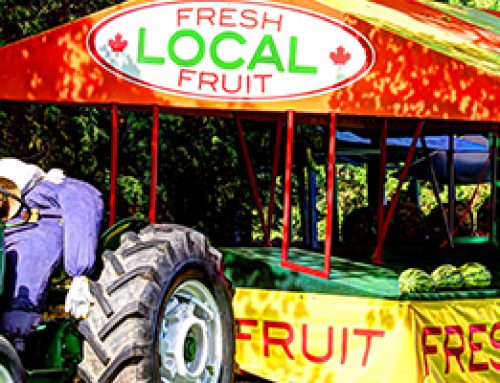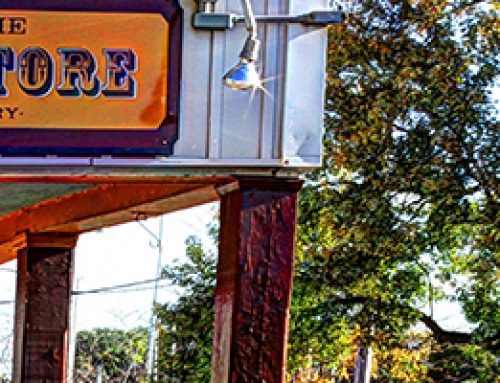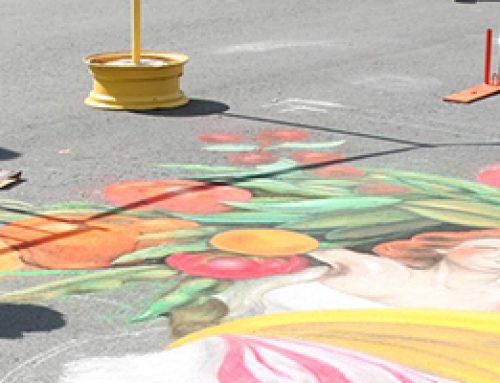Library Use
According to data collected annually by the Ontario Ministry of Tourism, Culture and Sport, Public Libraries in the 12 local municipalities in the Niagara Region achieved the following community-enhancing activities in 2010.
- There are 22 Public Library branches (service points) in the Niagara Region from the following systems, led by professional library staff and a public library board as required by the Public Library Act of Ontario:
- Niagara Falls
- St. Catharines
- Beamsville
- Niagara on the Lake
- Fort Erie
- Port Colborne
- Welland
- Thorold
- Lincoln
- Pelham
- Grimsby
- Wainfleet
- Membership and the right for citizens to have a library card are free (as required by the Public Library Act of Ontario).
- Over 50% of Niagara Region residents of all ages have a public library card and significantly more than 50% actively use the library – over 202,000 people!
- The average Niagara resident cardholder borrows almost 45 items per year.
- Public Libraries are supported at the municipal and provincial level (and through donations and corporate sponsors) in Niagara Region for an average cost of $44.76 per capita – less than a single ticket to a play at the Shaw Festival.
- Almost 1 in 4, over 88,000 Niagara Region residents attended programs at Public Libraries throughout the region.
- More than just books – public libraries offer free computers, internet access, story times, employment and business support, book clubs, research support, quality professional databases, homework support, and so much more.
Source: Federation of Ontario Public Libraries (FOPL) http://fopl.ca/
Retrieved From: email communication with Stephen Abram, Executive Director, FOPL
The following 2012 statistics on Public Library Use across all 12 local municipalities in the Niagara Region were retrieved from the Municipal Performance Measurement Program (MPMP) of the Ontario Ministry of Municipal Affairs and Housing.

Source: Federation of Ontario Public Libraries (FOPL)
Retrieved From: http://fopl.ca/
MPMP numbers for the Niagara Falls Public Library are significantly higher than for other Public Libraries across the region. Reasons for this include:
- Because of its unique location and world-famous tourist attraction, there has been a lot written about Niagara Falls. The Niagara Falls Public Library receives research questions from around the world on a regular basis.
- The Niagara Falls local history collection is much larger than that of other local areas within the Region of Niagara. The Niagara Falls Public Library’s Historic Niagara Digital Collections regularly receives 450,000 – 500,000 “hits” per month, all of which count as a library “use” for the purpose of MPMP reporting. Many of these online “hits” also lead to further queries that are handled by Library reference staff.
Source: MPMP Multi-Year Report – by Municipality
Retrieved From: http://csconramp.mah.gov.on.ca/fir/MPMP%20Multi%20Year.htm
Arts, Culture and Heritage Activities and Groups in Niagara
cNiagara.ca is Niagara’s online resource for arts, heritage, festivals and events. This website helps people search for events via calendars, event types, interactive map, or search keywords. Also included is a blog for cultural insights from across Niagara.
Launched in 2012, through the “Marketing the Arts of St. Catharines-Niagara” project, cNiagara.ca was developed by a partnership of: Carousel Players; the Centre for the Arts at Brock University; and the City of St. Catharines. Financial support came from the Department of Canadian Heritage, the Cultural Capitals of Canada program, the Province of Ontario’s Cultural Strategic Investment Fund, the Region of Niagara and the City of St. Catharines.
Source: cNiagara.ca
Retrieved From: www.cniagara.ca
Niagara a Cultural Capital of Canada, 2012
Niagara Region was declared a Cultural Capital of Canada for 2012 by the Department of Canadian Heritage, resulting in 22 projects in a range of expressions including art, photography, War of 1812 Bicentennial heritage commemoration, dance, choral, digital, multi-media, theater, after-school arts and local cultural festivals.
Source: Niagara Region
Retrieved From: http://www.niagaraculture2012.ca/index.html?d
Niagara 1812 Legacy Council
Heritage sites in Niagara that played a role in the War of 1812, and several museums with War of 1812 collections and websites including War of 1812 background information partnered to help commemorate the bicentennial of the war. Over 40 heritage organizations on both sides of the border marked this seminal event in our shared histories. The Niagara 1812 Legacy Council, based in the Economic Development department at Niagara Region, coordinated this work.
Source: Niagara 1812 Legacy Council
Retrieved From: http://www.visit1812.com/
Niagara Arts Inspire Niagara Schools is a project that is a joint initiative of Carousel Players, Centre for the Arts, Brock University and the City of St. Catharines. It is designed to:
- Grow opportunities for students from DSBN and NCDSB schools to participate in the arts;
- Improves access to arts activities for children and youth offered by Niagara’s cultural organizations;
- Collect and share information with educators and parents about arts activities and resources available in Niagara; and
- Generate bookings, private sector awareness and support for arts organizations.
Source: Carousel Players
Retrieved From: http://www.carouselplayers.com/wp-content/uploads/2012/06/DownloadableResourceGuide2012-13.pdf
IlluminAqua is a concert series that uniquely blends fire, music and water set on the tranquil Old Welland Canal. It draws people from Ontario, Western New York and further afield. It is part of the Waterway’s Arts and Culture Series and takes place at the Merritt Park Amphitheatre in Welland.
In 2014, Illuminaqua featured the Canoe Art Project, bringing people together of all ages to celebrate both Art and the Waterway. Knowledgeable artists painted illustrations that best describe Welland on life-size canoes, for display throughout the City of Welland. For more information regarding the Canoe Art Project, please visit: www.canalcorp.ca
Source: Illuminaqua
Retrieved From: http://www.illuminaqua.com/site/home
Niagara Parks Commission: As steward of one of the world’s greatest natural wonders, the Niagara Parks Commission (NPC) plays a key role in maintaining, protecting and showcasing the grandeur of the Falls, while contributing to the economic growth and success of Niagara and Ontario. As a self-sustaining agency of the provincial government, NPC is responsible for the maintenance of 1,325 hectares of parkland, stretching some 56 kilometers along the Niagara River from Lake Erie to Lake Ontario. The NPC stewards this parkland for the enjoyment of the over 11 million visitors who come to Niagara each year. NPC’s mission remains the same as it was when the Commission was first established in 1885: to preserve and enhance the natural beauty of the Falls and the Niagara River corridor for the enjoyment of visitors while maintaining financial self-sufficiency.
Source: Niagara Parks
Retrieved From: http://www.niagaraparks.com/about/contact.html
Shaw Festival: The Shaw Festival in Niagara-on-the-Lake is a theatre company inspired by the work of George Bernard Shaw. The Festival produces plays from and about Shaw’s era and contemporary plays that share Shaw’s provocative exploration of society and celebration of humanity. Local audience members are joined each season by patrons from every state in the United States and every province in Canada. These people come together to enjoy world-class live theatre on four stages in the historic setting of Niagara-on-the-Lake. The Shaw Festival’s economic impact is estimated to be $76 million in spending in the Niagara Region.
Source: Shaw Festival
Retrieved From: http://www.shawfest.com
Agri-Culinary Tourism in Niagara
Opportunities abound in Niagara for residents and visitors to connect with agriculture, appreciate Niagara’s unique growing microclimate, learn about locally-grown food and wine, and appreciate the ‘made in Niagara’ expression of the winemaking and culinary arts. Two examples of tools to assist people wishing to experience agri-culinary tourism in Niagara include WineONtour.ca, a tool that maps the location of all grape wineries in Ontario, and the Niagara Wine Festival website, that highlights year-round opportunities to celebrate the best of wine and food in our region.
Source: Grape Growers of Ontario; and the Niagara Wine Festival
Retrieved From: http://www.niagaraknowledgeexchange.com/resources-publications/wineontour-ca/
http://www.niagarawinefestival.com/







